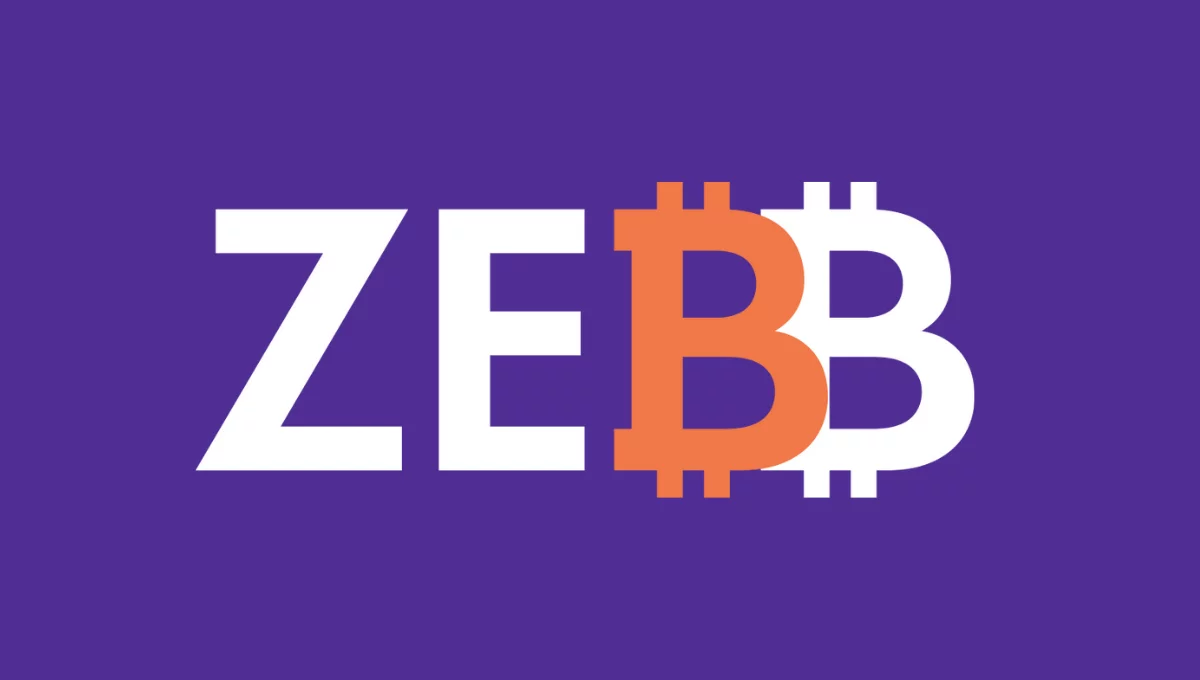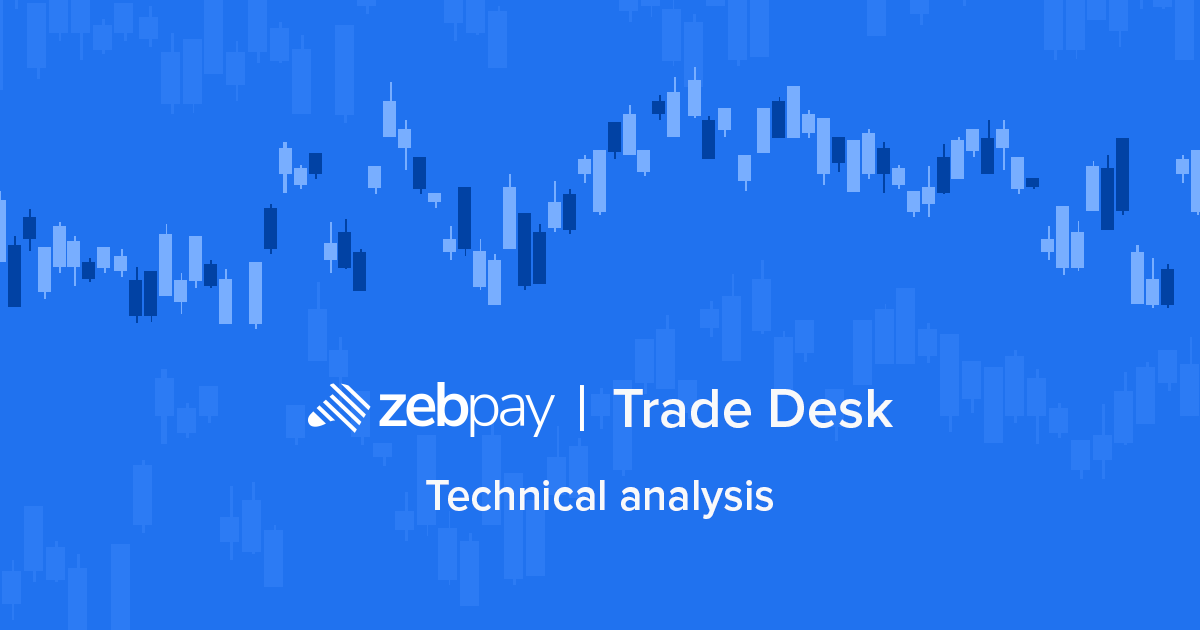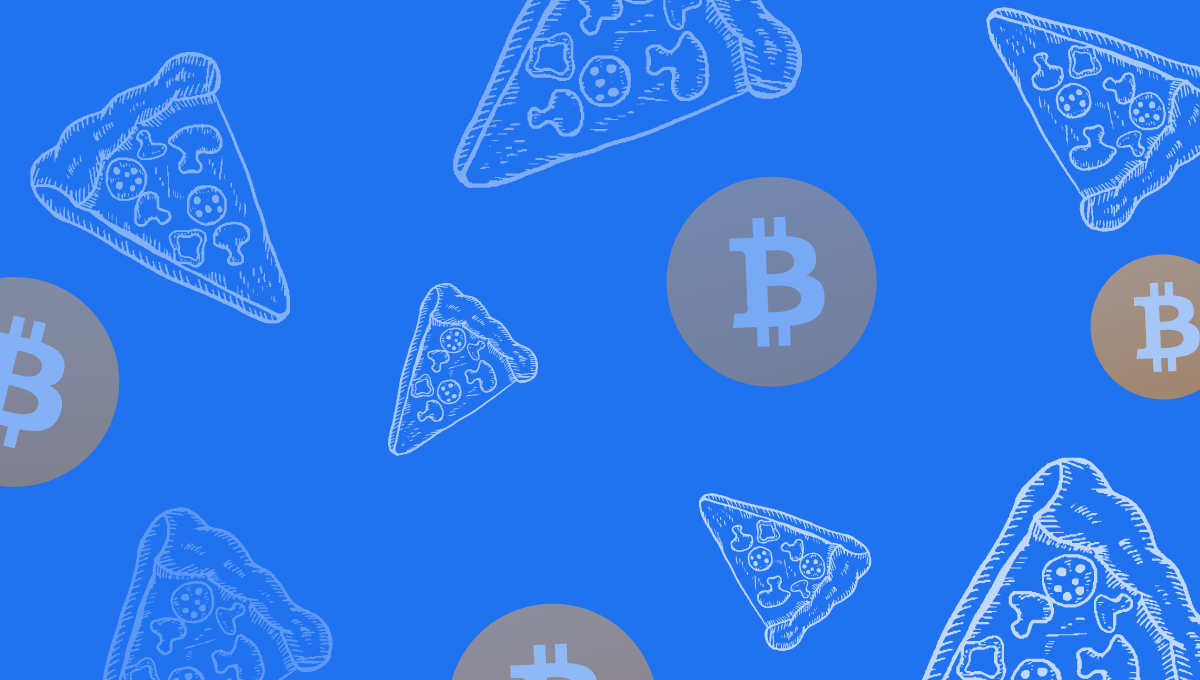07 April | ZebPay Trade-Desk
As the crypto universe grows broader and becomes more mainstream, various different forms and types of ‘tokens’ and ‘coins’ have come into existence. While each of them has a well-defined purpose, they all aim to provide an investor or trader with some form of value. While in this report we will be focusing primarily on what Dividend tokens are, let us first just touch upon what are the various types of tokens out there.
Probably the most well-known type of token is the utility token. These tokens came into existence with the advent of the Ethereum blockchain. These tokens give holders access to products and services within a certain platform or network. They reside on a particular blockchain (usually ETH) and can be used with their respective network, making it a multi-functional asset. An example of a utility token is BAT, which is an ERC-20 token. We also have security tokens, which in addition to allowing holders to purchase goods and services, also tend to promise value appreciation and returns on investment. XRP is an example of a security token. Currency tokens are tokens that are typically used as a store of value, but also as a form of payment. Coins like Bitcoin is a good example of a currency token. Then, we also have asset tokens and reward tokens. An asset token represents a physical asset in a digital form, for example, PAXG, while a reward token is essentially a blockchain equivalent of loyalty points, given to those to participate in the token’s host network. Last but not least, we have dividend tokens.
Dividend tokens are designed to offer their holders the opportunity to earn passive income through the investment made in a certain project and gain from the value appreciation it may experience. Alternatively, by mining or getting regular dividends from the issuer. These tokens offer a share of the profit of its issuing organization. In addition, some blockchains inherently have dividend-like features, which make their native currencies akin to being classified as dividend tokens. A little like stocks, the features of dividend tokens may or may not provide voting rights. Unlike stocks, holding dividend tokens give the holder the right to passive income, without necessarily being an owner, or participating in the day-to-day operations of the parent organization. The concept of Staking, which we explained in detail in one of our previous reports, is based on the dividend token concept. Dividend payments tend to be made regularly, typically weekly or monthly, but that may be dependent on a certain level of token ownership.
In general, regulations in the cryptocurrency space aren’t particularly stringent and are still in their development phase. However, when it comes to dividend tokens, things get a little tricky. While many geographies do not have regulation around them yet, the US treats dividend tokens as securities, and they are overlooked by the SEC. In the recent past, however, different jurisdictions have started to take efforts to establish a basic framework around such tokens. At present though, dividend tokens, since they offer investors an avenue to generate some passive income, fall under the same classification as securities, at least as far as US legislation is concerned, and this is likely to be the way in which they will be viewed by other jurisdictions as well, according to many industry experts.
The USP of Dividend Tokens:
If good research has gone into deciding which projects to invest in, investors can get a full return on their initial investment in a fairly short period of time. Moreover, there is a likelihood that this will be a compounded manifold in the crypto space where the profit margins are immense if investors choose to hold on to their investments. Many types of token investments come with a lot of strings attached. Holders can only use them under certain conditions and more often than not they are restricted to the network they represent or are based upon. But unlike them, dividend tokens offer investors a straightforward passive income model, which is simple to follow and maintain. As some of these tokens are regulated, they offer transparency and security for their holders which many investments and asset classes lack. A project will only yield dividends when it is making profits, and hence doing well, which in turn means that the value of the coin will appreciate, and this in turn results in a much larger quantum in gains when an investor chooses to exit or liquidate these holdings. Organizations committing to distributing dividends have profitability inherent in their business plans, giving investors relative certainty regarding their financial holdings.
These tokens are very versatile, in providing liquidity to both their owners, as well the system they operate on. Dividend tokens have limitless applications, from PoS currencies to other investment projects, across individual blockchains. For its owners, dividend tokens have the potential to unlock the monetary value tied to their digital asset, and can enjoy their holdings while receiving payments on top of the value of the underlying asset. These tokens are best suited for financial and investment-related undertakings, such as cryptocurrency investment funds and enterprises that choose to distribute a portion of their upside/profit as a dividend. Another example is companies investing in cryptocurrency mining and sharing part of their net profits with token holders.
Conclusion:
Dividend tokens pave the way for investors to earn passive money. Investors, to maximise profits may reinvest the dividend and enjoy the benefits of returns as well as the value gained from token appreciation. The increased volume of such tokens means that the idle value of digital assets will only grow in the near future. The immense financial power they possess is directly or indirectly tied into cryptocurrency-related assets and has the potential to transform the market. But to do so, cryptocurrency owners would have to be able to immediately invest in new, maybe risky, opportunities that require liquid cash. Here is where dividend tokens and liquidity solutions will play a big role.
As previously stated, token dividend payouts are unpredictable. In addition, they are subject to changes at the sole discretion of the issuer. Some organizations may choose to prioritize token holders based on the amount of tokens they hold which may seem disadvantageous for smaller investors. Moreover, in some cases, payments may depend on organizations hitting certain performance indicators, outside of the control of the individual investor.
References:
Disclaimer : This report is not intended to be relied upon as advice to investors or potential investors and does not take into account the investment objectives, financial situation or needs of any investor. All investors should consider such factors in consultation with a professional advisor of their choosing when deciding if an investment is appropriate. The Company has prepared this report based on information available to it, including information derived from public sources that have not been independently verified. No representation or warranty, express or implied, is provided in relation to the fairness, accuracy, correctness, completeness or reliability of the information, opinions or conclusions expressed herein. This report is preliminary and subject to change; the Company undertakes no obligation to update or revise the reports to reflect events or circumstances that arise after the date made or to reflect the occurrence of unanticipated events. Trading & Investments in cryptocurrencies viz. Bitcoin, Bitcoin Cash, Ethereum etc.are very speculative and are subject to market risks. The analysis by Author is for informational purposes only and should not be treated as investment advice




